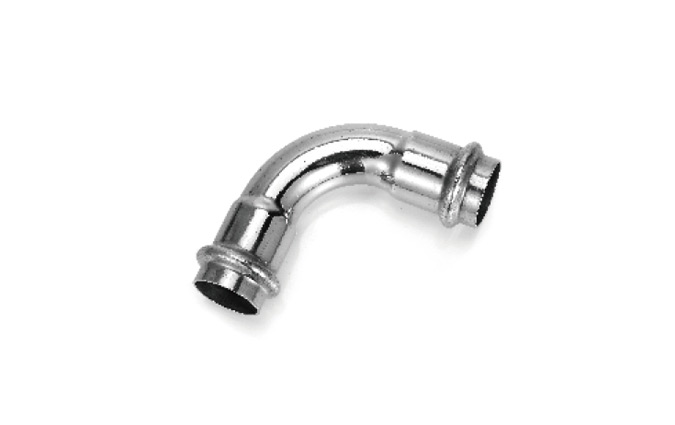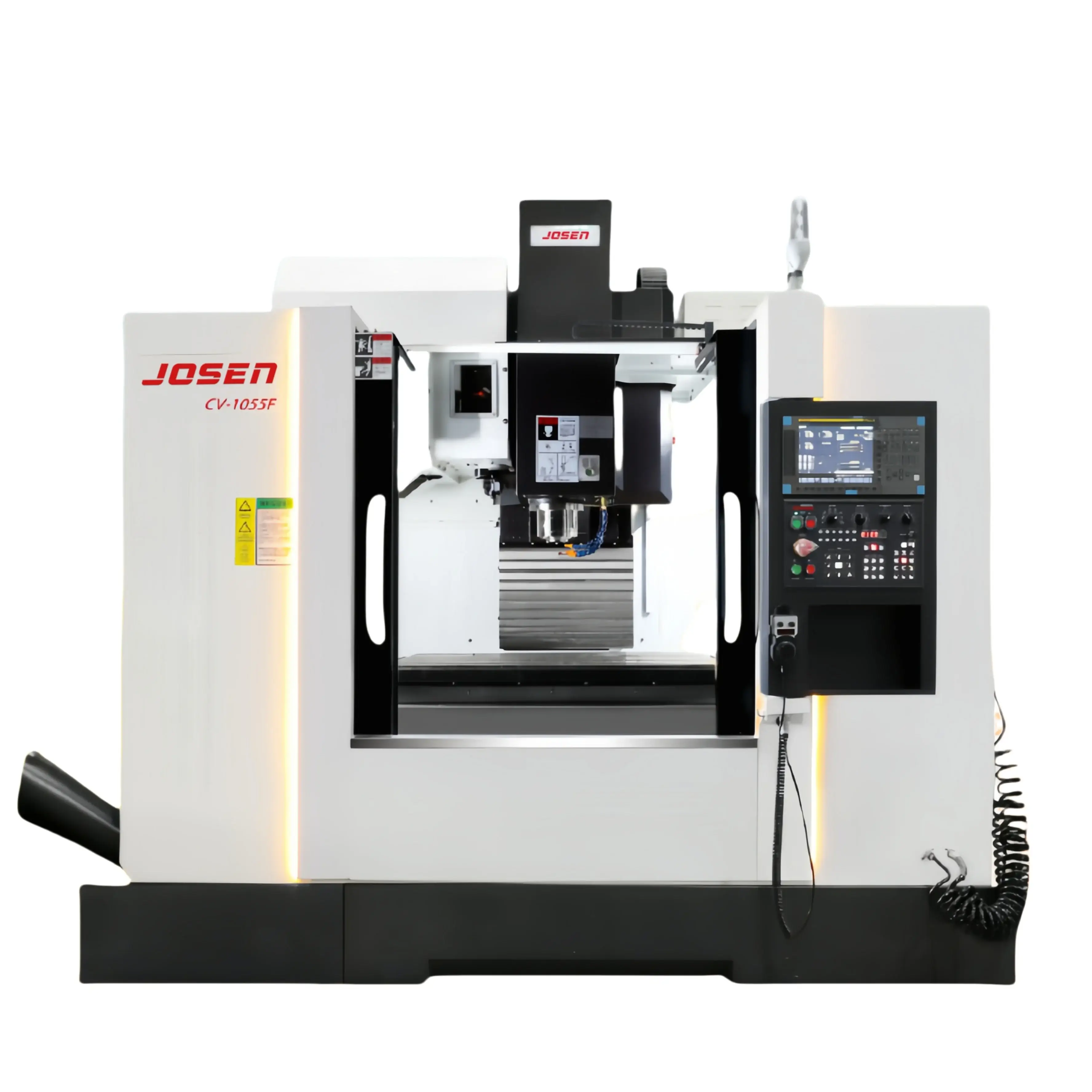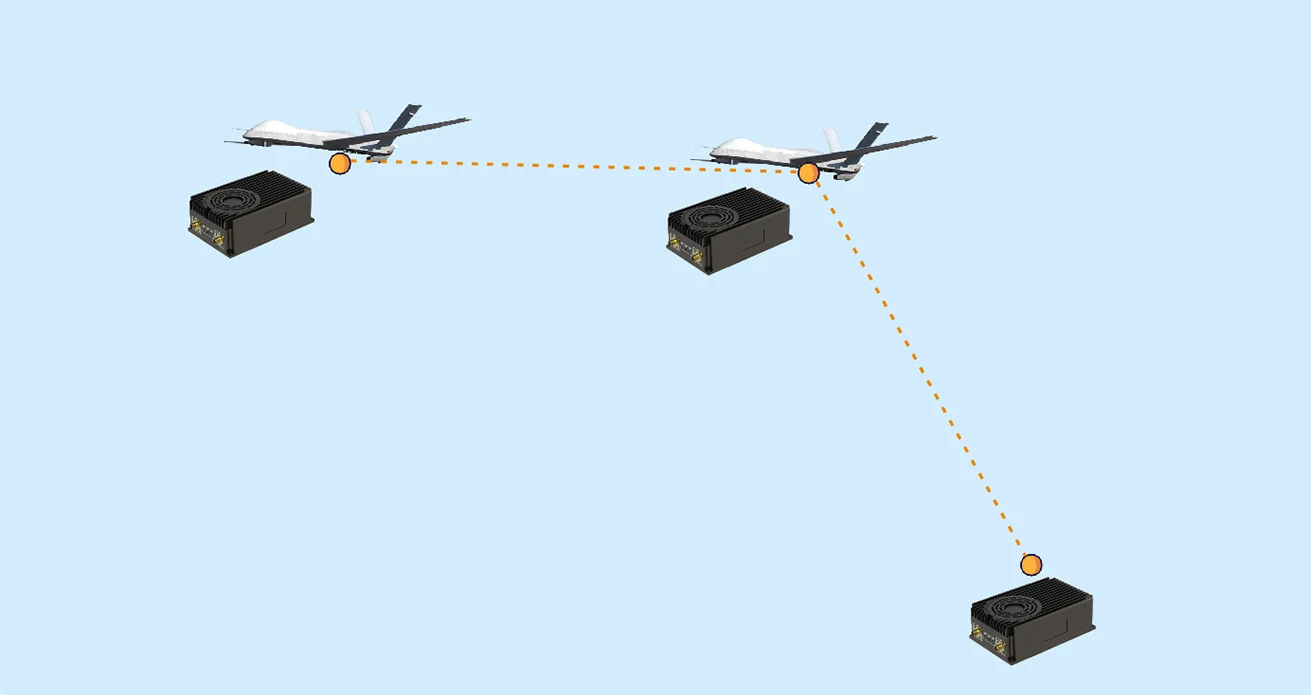Unveiling the Distinctions: PVC vs. uPVC Cladding
In the realm of construction and architecture, cladding plays a pivotal role in enhancing the aesthetics, durability, and insulation of buildings. Among the various cladding materials available, PVC (Polyvinyl Chloride) and uPVC (Unplasticized Polyvinyl Chloride) are two popular choices. While they may sound similar, there are significant differences between PVC and uPVC cladding. In this article, we will delve into these disparities, exploring their composition, properties, applications, and environmental impact.
- Composition:
PVC Cladding:
PVC cladding is composed of polyvinyl chloride, a synthetic plastic polymer. It is a versatile material that can be easily molded into various shapes and sizes. PVC cladding is commonly used in construction due to its cost-effectiveness and flexibility.
uPVC Cladding:
uPVC cladding, on the other hand, is made from unplasticized polyvinyl chloride. This type of cladding is created by removing plasticizers from PVC, resulting in a rigid and more durable material. uPVC cladding offers enhanced strength and resistance to weathering, making it suitable for external applications.
- Properties:
PVC Cladding:
PVC cladding possesses good insulation properties, making it an excellent choice for thermal and acoustic insulation. It is also resistant to moisture, chemicals, and UV radiation. However, PVC cladding may become brittle over time and is less durable compared to uPVC.
uPVC Cladding:
uPVC cladding exhibits superior durability and longevity. It is highly resistant to impact, weathering, and fading caused by sunlight exposure. uPVC cladding requires minimal maintenance and retains its color and shape for extended periods. Additionally, uPVC cladding offers excellent thermal insulation properties, contributing to energy efficiency in buildings.
- Applications:
PVC Cladding:
PVC cladding finds extensive use in interior applications such as wall and ceiling cladding, decorative panels, and window frames. Its versatility allows for a wide range of design options, making it a popular choice for residential and commercial projects.
uPVC Cladding:
uPVC cladding is primarily utilized for external applications due to its enhanced durability and weather resistance. It is commonly used for external wall cladding, fascia boards, soffits, and window frames. uPVC cladding provides a protective layer against harsh weather conditions, ensuring the longevity of the building's exterior.
- Environmental Impact:
PVC Cladding:
PVC cladding has faced criticism regarding its environmental impact. The production and disposal of PVC can release toxic chemicals, including dioxins, which are harmful to human health and the environment. However, advancements in recycling technologies have made PVC cladding more environmentally friendly by reducing waste and promoting the reuse of materials.
uPVC Cladding:
uPVC cladding is considered more environmentally friendly compared to PVC cladding. The absence of plasticizers in uPVC reduces the release of harmful chemicals during production and disposal. Additionally, uPVC cladding can be recycled, further minimizing its environmental footprint.
Conclusion:
In summary, PVC and uPVC cladding differ significantly in terms of composition, properties, applications, and environmental impact. PVC cladding offers versatility and cost-effectiveness, while uPVC cladding provides enhanced durability, weather resistance, and environmental friendliness. Understanding these distinctions is crucial for architects, builders, and homeowners to make informed decisions when selecting cladding materials for their projects. By considering the specific requirements and priorities, one can choose the most suitable cladding option to achieve both aesthetic appeal and long-term performance.





